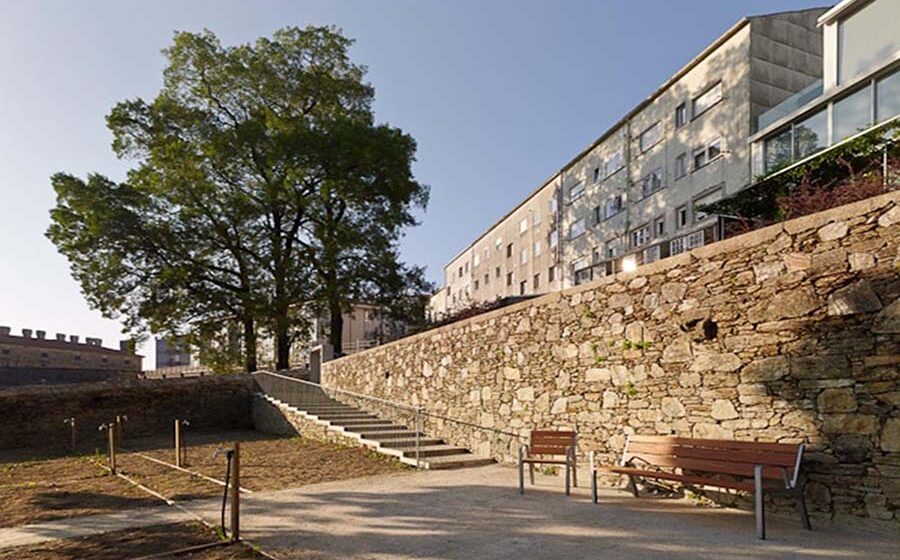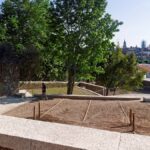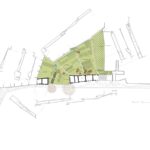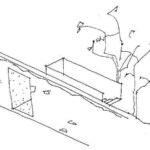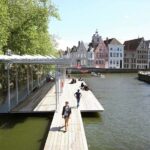Santiago de Compostela, a World Heritage Site since 1985, has seen significant development in both public and private buildings. However, there are still vacant and challenging sites in the city that remain underutilized. One such site is Caramoniña, located between the Historical City and the Almáciga neighborhood.

Site Overview
Caramoniña is a hilly site with a significant elevation difference of over twenty meters between its entrances. The area features six platforms and includes ruins of traditional constructions. Surrounding the site are buildings by Lopez Cotelo to the east, Bonaval Park by Alvaro Siza to the south, and terraced houses and a school to the west and north.
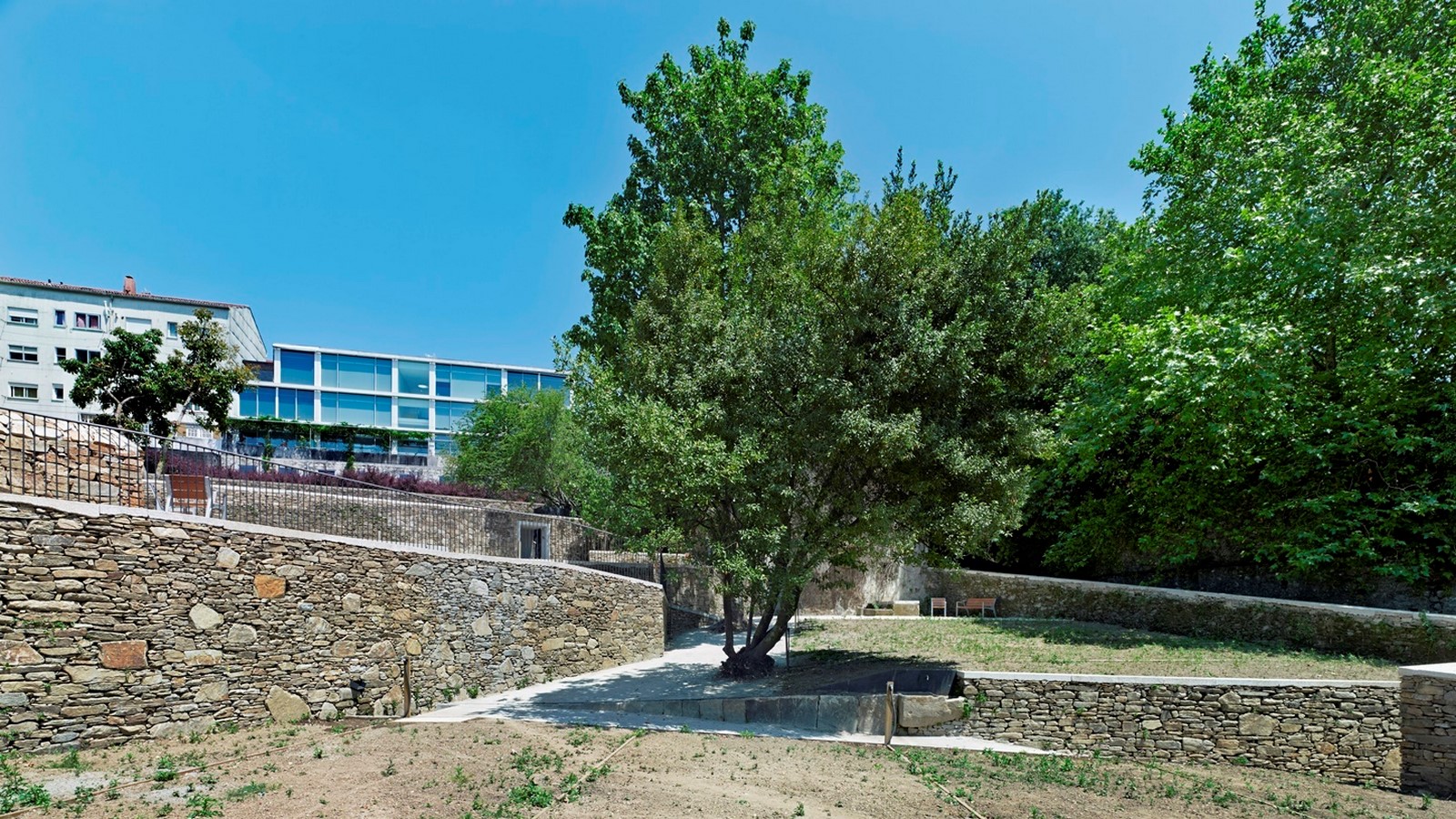
Design Concept
The project focuses on improving accessibility and connectivity across the platforms:
- Slope Analysis and Access Design: Ramps and steps have been strategically designed to connect the platforms, enhancing accessibility. The design includes a longer scenic walk and a shorter, more direct path near the ruins.
- Amenities and Sustainability: Benches are placed strategically for visitors to rest and enjoy the views. Stone walls provide seating areas, integrating the site’s historical elements. To encourage community involvement, over forty to fifty allotments are provided, maintaining the area while promoting sustainability.
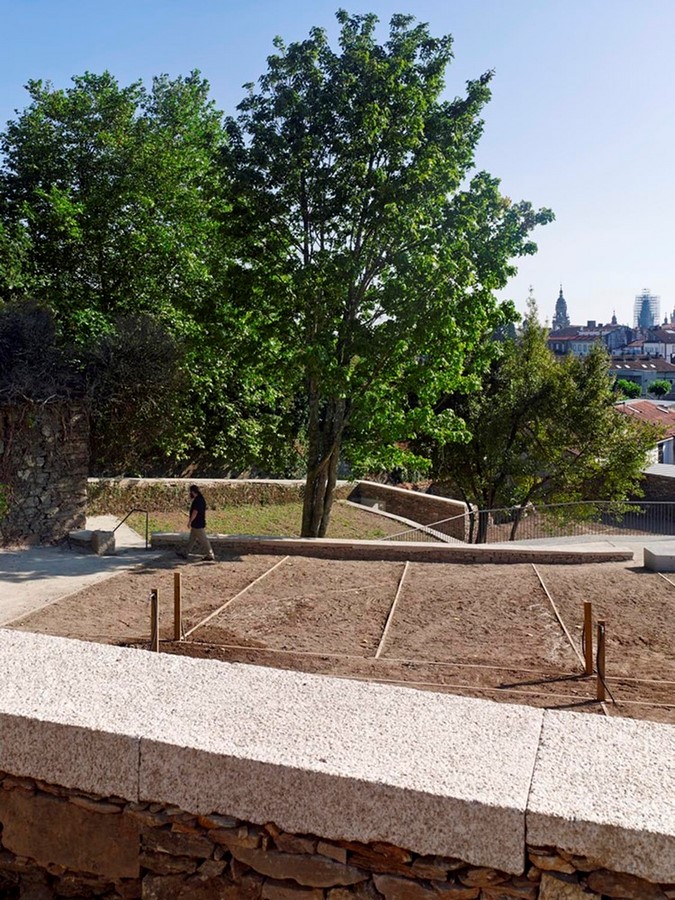
Sustainability Initiatives
The project integrates sustainable practices to minimize maintenance costs and environmental impact:
- Water Management: Old wells are restored, and a watercourse is introduced through the platforms, promoting natural irrigation.
- Energy Efficiency: The site is illuminated with embedded ground lights, inspired by the city’s Latin name “Campus Stellae” (star field), enhancing safety and visibility at night.
- Reuse of Materials: Old stone walls and pavements are reused, reflecting the site’s historical context.
Community Impact
The revitalization of Caramoniña Allotments aims to enhance community well-being:
- Improved Accessibility: The project improves connections between neighborhoods, facilitating access for elderly and disabled residents.
- Promotion of Healthy Living: The introduction of allotments provides fresh produce and promotes physical activity, benefiting both neighborhoods.

Conclusion
The Caramoniña Allotments project by Abalo Alonso arquitectos exemplifies sustainable urban design, combining accessibility, community involvement, and historical preservation. By reimagining and repurposing underutilized spaces, the project not only enhances the urban landscape but also promotes a healthier and more connected community.

